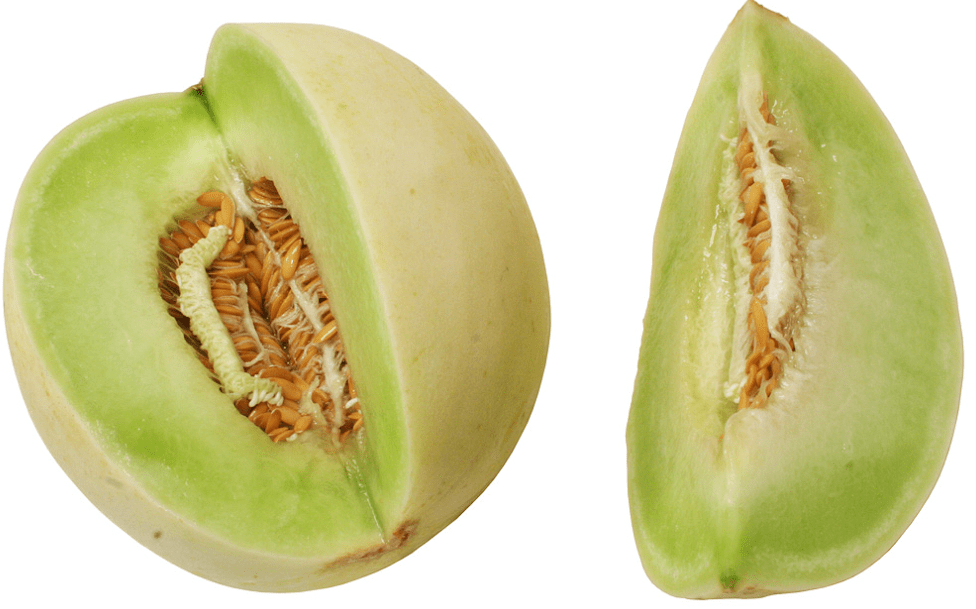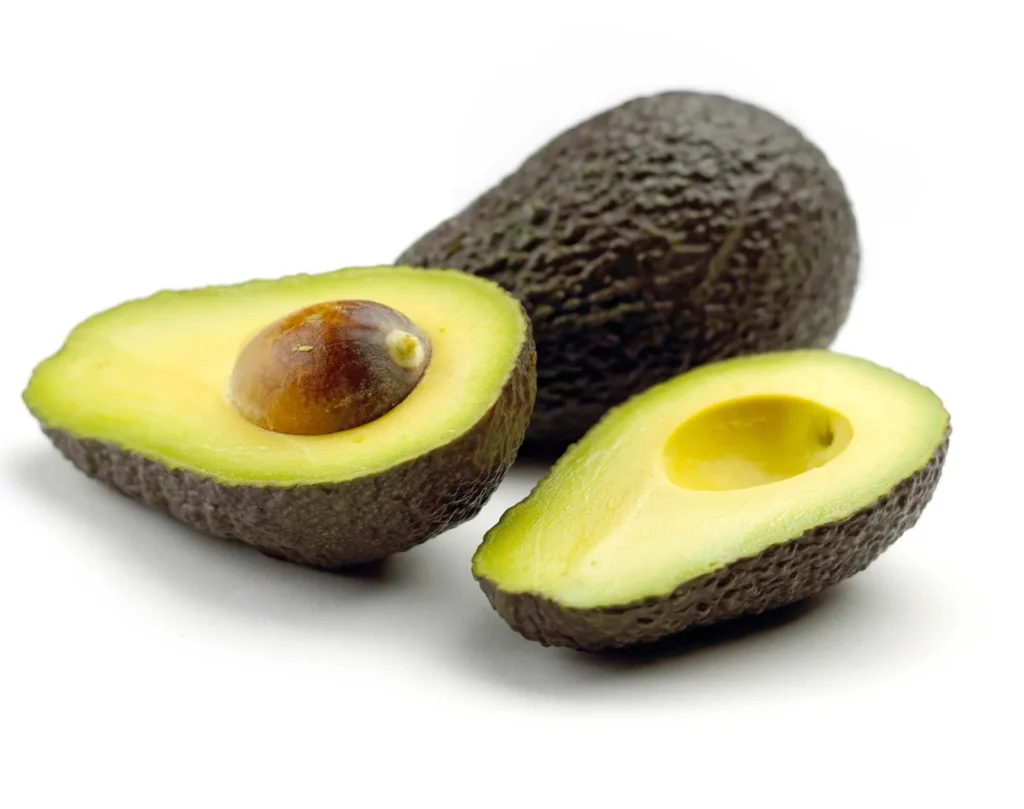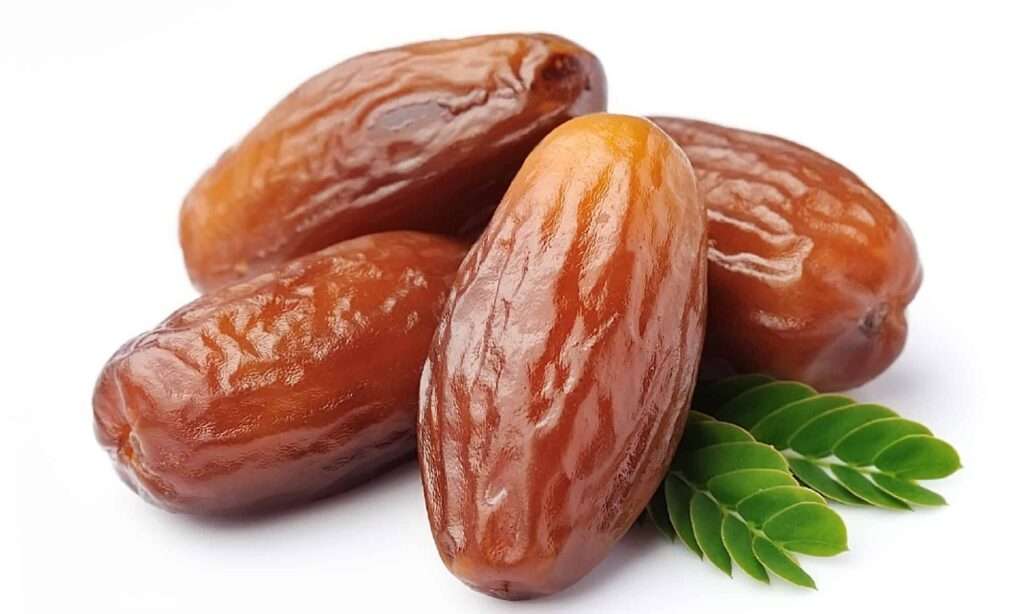
Description
A honeydew is approximately 15 to 22 cm long and has a round to slightly oval form. It typically weighs between 1.8 and 3.6 kg. The smooth peel can be either greenish or yellow, but the flesh is often a light green colour. Honeydew has seeds, much like most fruit.
Varieties
Dewlightful, Summer Dew, Earlidew, Jade Delight, Honeybrew, New Moon, and TAM Dew are examples of popular honeydew cultivars. Contrary to typical honeydew, hybrids with orange flesh will have a faint scent and keep ripening even after being picked. Orange Delight, Orange Blossom, and Orange Dew are among varieties.

Uses
You can eat it straight away like a piece of ripe, chilled melon. You can, however, always choose something more imaginative and enjoyable. Other ways to eat this fruit include salads, deserts, soups, and appetizers.
Nutrition
90% of the honeydew’s composition is water, followed by 0.1% fat, 9% carbohydrates, and 0.5% protein. It is a great source of vitamin C, like most melons, with one cup having 56% of the daily intake. The B vitamin thiamine, along with other B vitamins and the mineral potassium, are all present in abundance in honeydew. Additionally, at only 36 calories per 100g, it has fewer calories than several other fruits high in potassium, such bananas.
Cultivation
For honeydew melon plants to flourish, sunlight and space are essential. The crop requires a sunny, warm location to thrive in as well as rich, well-draining soil that has ideally been improved with compost or well-rotted manure in the months prior to planting.
Table





